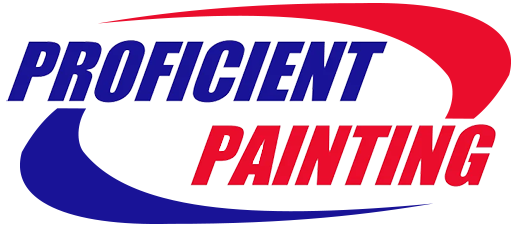Expert commercial painting services for businesses. Our skilled team delivers high-quality results, ensuring minimal disruption to your operations. Transform your workspace with our professional, durable finishes.

Commercial painting involves applying paint and other finishes to commercial buildings’ interior and exterior surfaces, such as offices, retail stores, warehouses, restaurants, and more. The goal is to enhance the appearance, protect the structure, and create a welcoming environment for employees, customers, and clients. Commercial painting projects often require special considerations for durability, compliance with safety regulations, and minimal Disruption to business operations.
Here’s a comprehensive look at the tasks involved in commercial painting:
1. Planning and Preparation
Assess the Project Scope
– Evaluate the size and complexity of the project.
– Determine the areas to be painted (interior, exterior, or both).
– Identify special requirements, such as high-traffic areas, safety markings, or brand colour matching.
Develop a Schedule
– Create a detailed timeline to minimize Disruption to business operations.
– Coordinate with the business owner or manager to plan around peak business hours or holidays.
2. Gather Supplies and Equipment
– High-quality commercial-grade paints and coatings
– Primers
– Brushes, rollers, and paint sprayers
– Painter’s tape and masking materials
– Drop cloths or plastic sheeting
– Ladders, scaffolding, or aerial lifts (for high areas)
– Cleaning supplies and surface preparation tools
3. Surface Preparation
Interior Surfaces
– Move or cover furniture, equipment, and inventory.
– Clean walls, ceilings, and trim to remove dust, grease, and grime.
– Repair any damage, such as holes, cracks, or water stains.
– Sand rough or glossy surfaces to ensure proper paint adhesion.
Exterior Surfaces
– Pressure wash to remove dirt, mildew, and loose paint.
– Repair damaged areas, such as cracked siding or masonry.
– Scrape off loose or peeling paint.
– Prime bare or repaired surfaces to ensure even coverage.
4. Priming and Painting
Priming
– Apply primer to prepared surfaces to enhance paint adhesion and provide a uniform base.
– Use specialized primers for different materials (e.g., metal, wood, concrete).
Painting
– Apply paint using brushes, rollers, or sprayers, depending on the surface and area size.
– Use high-quality, durable paints suitable for commercial environments.
– Apply multiple coats as needed for consistent coverage and durability.
5. Specialized Painting Services
Safety and Compliance
– Apply safety markings like floor lines, hazard zones, and exit routes.
– Use non-slip coatings for floors in high-traffic or wet areas.
Branding and Aesthetics
– Match brand colours and logos to maintain corporate identity.
– Create accent walls or custom designs to enhance the space.
Specialty Coatings
– Use epoxy coatings for warehouse floors, garages, and other industrial settings.
– Apply weather-resistant coatings for exterior surfaces exposed to harsh elements.
6. Final Touches and Cleanup
Inspection and Touch-Ups
– Conduct a thorough inspection to ensure all areas are covered and the finish is smooth.
– Perform any necessary touch-ups to address missed spots or imperfections.
Remove Protective Coverings
– Carefully remove painter’s tape, plastic sheeting, and drop cloths.
– Reassemble and reposition furniture, equipment, and inventory.
Cleanup
– Clean brushes, rollers, and other tools.
– Dispose of paint cans and other materials properly.
– Ensure the work area is clean and ready for use.
7. Maintenance and Follow-Up
Maintenance Tips
– Provide recommendations for maintaining the freshly painted surfaces.
– Advise on cleaning methods to keep paint looking fresh and vibrant.
Follow-Up
– Schedule follow-up visits to address concerns or perform additional touch-ups if needed.
– Professional Appearance: Enhances the look of the business, making it more appealing to customers and clients.
– Durability: Protects surfaces from wear and tear, extending the life of the building’s materials.
– Compliance: Ensures safety markings and regulations are met, contributing to a safe work environment.
– Branding: Helps maintain brand identity through consistent colour schemes and logos.
– Choose the Right Paint: Use high-quality, durable paints suitable for commercial environments.
– Minimize Disruption: Plan the project to minimize Disruption to business operations, working during off-hours if necessary.
– Communicate Clearly: Maintain clear communication with business owners and managers throughout the project.
– Safety First: Follow all safety protocols and regulations to ensure a safe working environment.
By following these steps and employing these techniques, commercial painting can enhance the appearance, protect the structure, and create a professional environment for businesses. If you have questions or need further assistance, feel free to ask!
